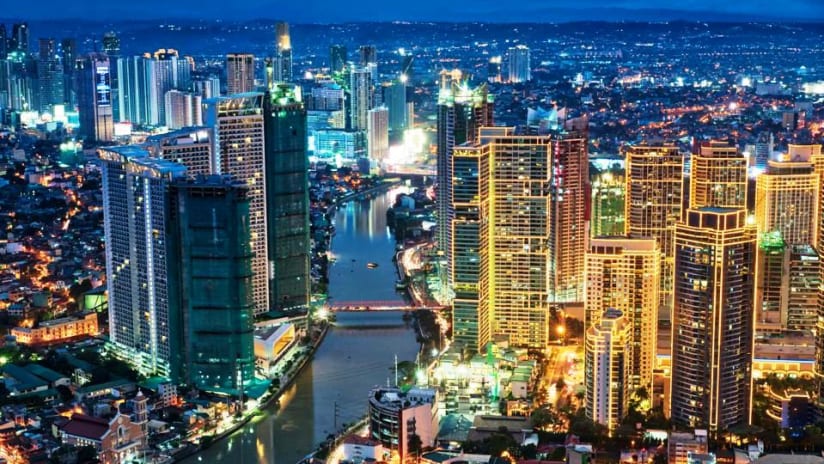HOST CITY: 2025 FIVB Volleyball Men’s World Championship

Manila, the capital of the Philippines, sets the stage for the 2025 FIVB Volleyball Men’s World Championship from September 12 to 28. The event is held at two venues - the Smart Araneta Coliseum and the SM Mall of Asia Arena.
The Smart Araneta Coliseum is an indoor multi-purpose sports arena with approximate capacity for 15 thousand spectators. Nicknamed "the Big Dome", it is one of the largest indoor arenas in Asia and one of the largest clear span domes in the world. The dome measures approximately 108 metres and was the largest dome in Asia from its opening in 1960 until 2001. The SM Mall of Asia Arena is an indoor arena within the SM Mall of Asia complex with a seating capacity of 15 thousand for sporting events. It officially opened in 2012.
Both venues regularly host the Philippines’ university volleyball championships and the country’s Premier Volleyball League. The Smart Araneta Coliseum also hosted a women’s pool and a men’s pool in Volleyball Nations League 2022, while the SM Mall of Asia Arena hosted men’s pools in VNL 2023 and VNL 2024.
Manila is the capital and the second most populous city of the Philippines. It is also among the fastest developing cities in Southeast Asia. Located on the eastern shore of Manila Bay on the island of Luzon, some 1,300 km from mainland Asia, it is classified as a highly urbanized city. It is considered the world's most densely populated city. The city proper is home to about 1.9 million people.
Maynila, the Filipino name for the city, means "where indigo is found", referring to several plant species from which this natural dye can be extracted. The name Maynila was probably bestowed because of the indigo-yielding plants that grow in the area.
Manila is situated in a variety of ecosystems including upland forests, mangrove forests, mudflats, sandy beaches, sea grass meadows and coral reefs. It is home to urban parks, nature parks, plazas, nature reserves, and an arboretum. The protected harbour on which Manila lies is regarded as the finest in Asia. The Pasig River flows through the middle of the city, dividing it into north and south sections.
Manila lies entirely within the tropics and has a tropical monsoon climate. Its proximity to the equator means temperatures are high year-round especially during the daytime, rarely going below 19 °C or above 39 °C. Humidity levels are usually very high all year round, making the air feel hotter than its actual temperature. In the wet season, rain rarely falls all day, but rainfall is very heavy for short periods.
The earliest evidence of human life around present-day Manila is dated to around 3000 BC. Manila's mix of architectural styles reflects its and the Philippines' turbulent history. Manila's current urban landscape is one of modern and contemporary architecture.
Manila is a major centre for commerce, banking and finance, retailing, transportation, tourism, real estate, media, advertising, legal services, accounting, insurance, theatre, fashion and arts.
It welcomes over one million tourists each year. Major tourist destinations include the historic Walled City of Intramuros, the Cultural Centre of the Philippines Complex, Manila Ocean Park, Binondo (Chinatown), Ermita, Malate, Manila Zoo, the National Museum Complex, and Rizal Park, also known as Luneta Park, which is a national park and the largest urban park in Asia. As the cultural centre of the Philippines, Manila offers a number of museums.
Manila is regarded as one of the best shopping destinations in Asia, with major shopping malls, department stores, markets, supermarkets and bazaars located within the city.

